September 2004
St. Moritz
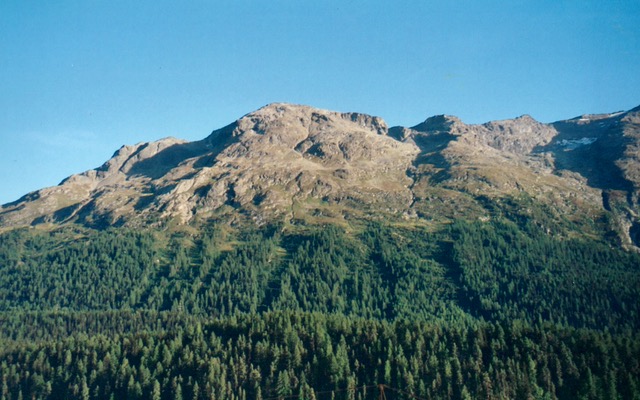
The Alps outside my window. St. Moritz hosted the 1928 Olympic Winter Games. This is a view of the area.
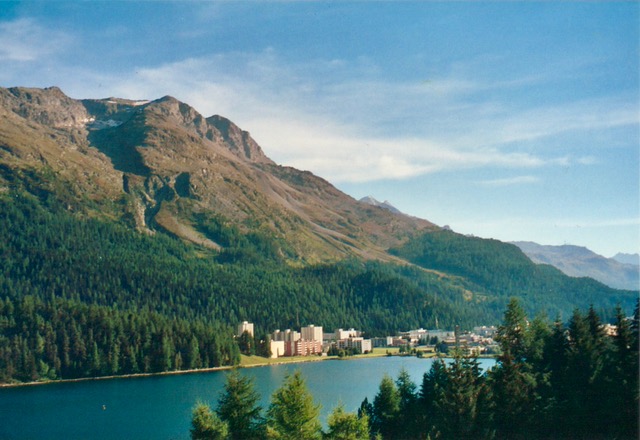
Lower St. Moritz.
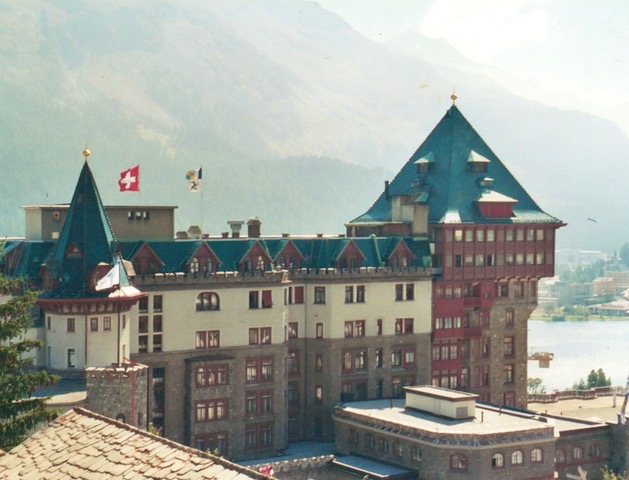
The famous Badrutt's Palace Hotel, with the Olympic runs in the background.
St. Moritz Clean Energy Tour
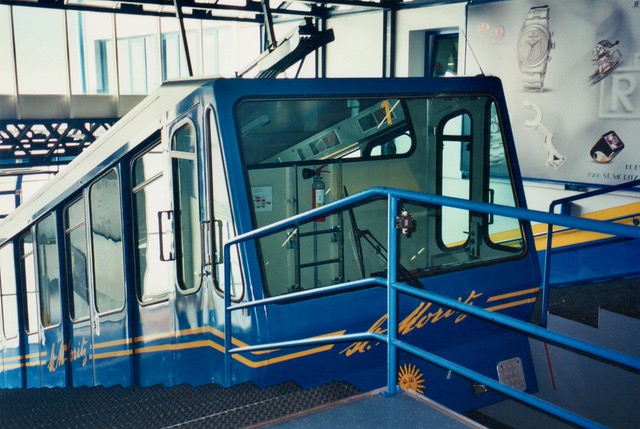
In St. Moritz we took the Clean Energy Tour. It begins on the Corviglia funicular to Piz Nair, an 11,000 ft. peak above St. Moritz. The funicular derives one third of its power from solar panels.
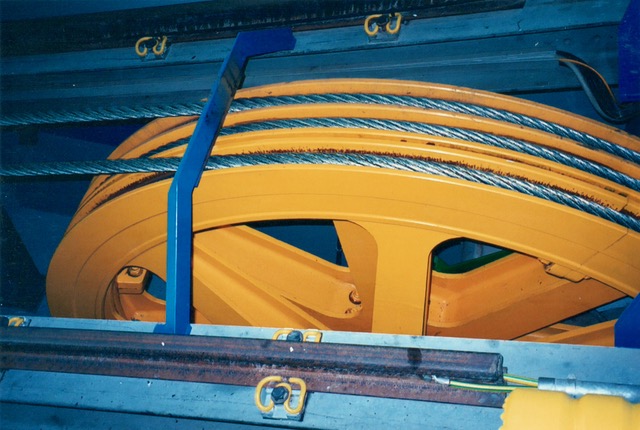
Funicular gears.
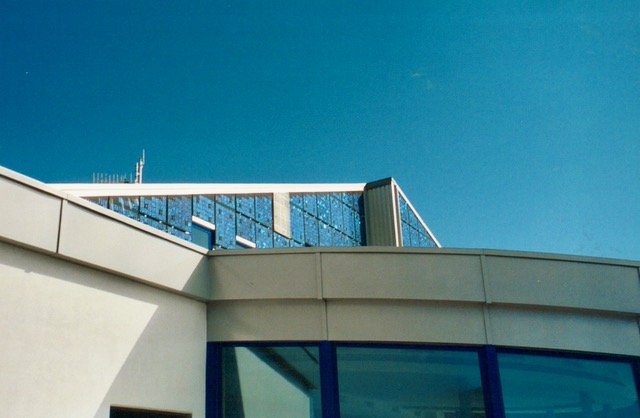
Note the solar panels on this restaurant near the top of the mountain. The entire restaurant runs on solar power.
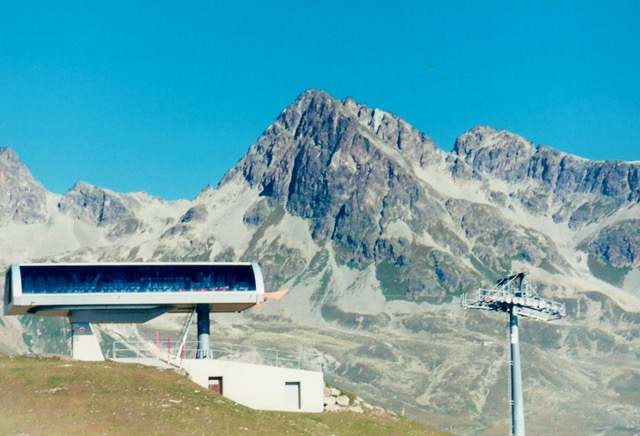
More solar collectors.
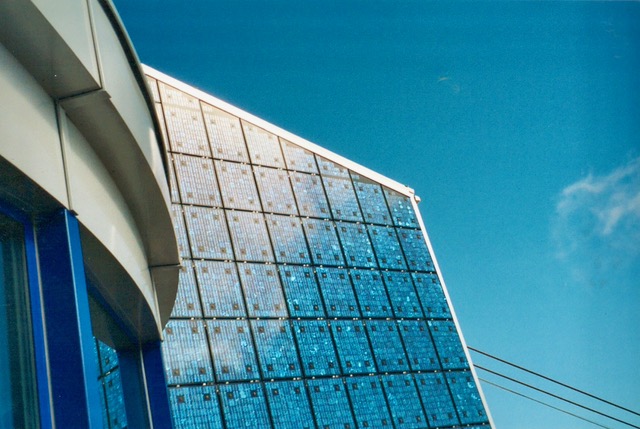
The funicular and all the facilities are partially fueled by solar energy.
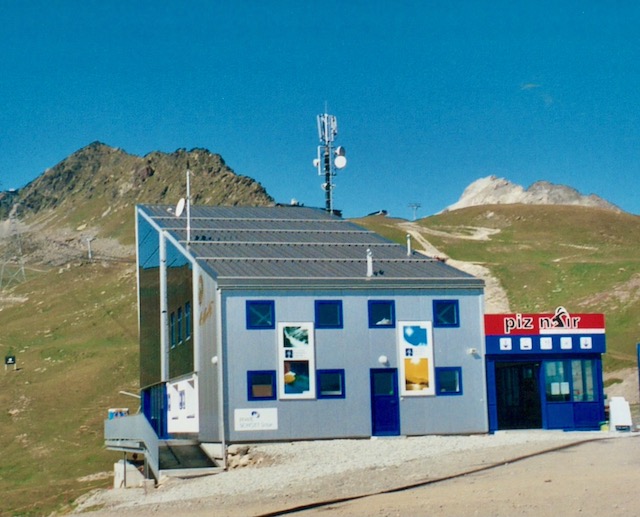
The roof of this building is a solar collector.
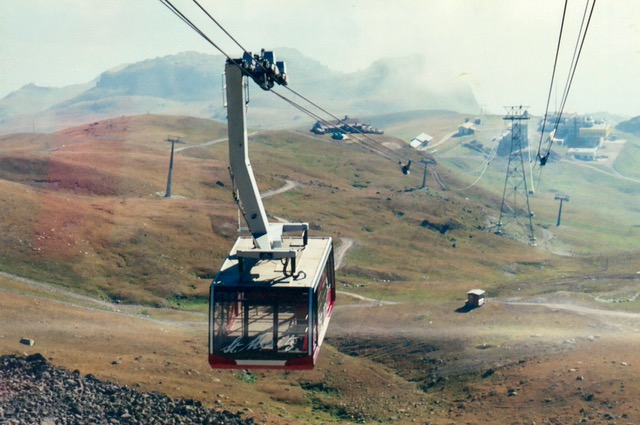
After riding on the funicular, we embarked on a gondola to the peak of the mountain.
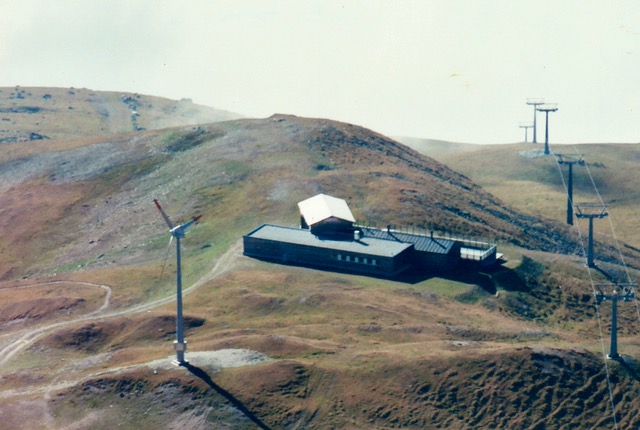
Here's an aerial view of a wind mill that generates electricity, but the wind on these mountains is not sufficient to support a large wind farm.
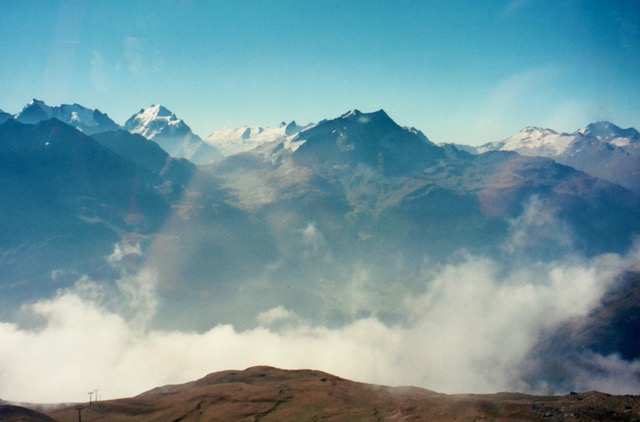
This was the view from the top of the mountain x 360 degrees.

At the top of the mountain, our guide, Hanspeter Danuser, a musician, assembled his alphorn and played it for us. Hanspeter founded the Clean Energy Tour.
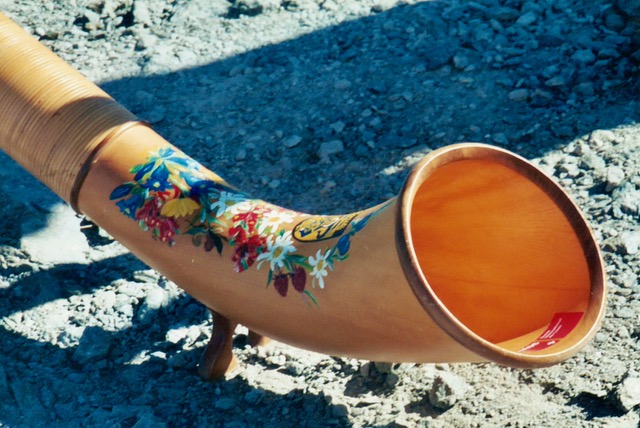
Here's a close-up of the alphorn. Dictionary.com calls it:
alphorn \Alpenhorn \Al"pen*horn`\, Alphorn \Alp"horn`\, n. [G. Alpenhorn.] A curved wooden horn about three feet long, with a cupped mouthpiece and a bell, used by the Swiss to sound the ranz des vaches and other melodies. Its notes are open harmonics of the tube.
al·pen·horn P Pronunciation Key (lpn-hôrn) n. A curved wooden horn, sometimes as long as 6 meters (approximately 20 feet), used by herders in the Alps to call cows to pasture.
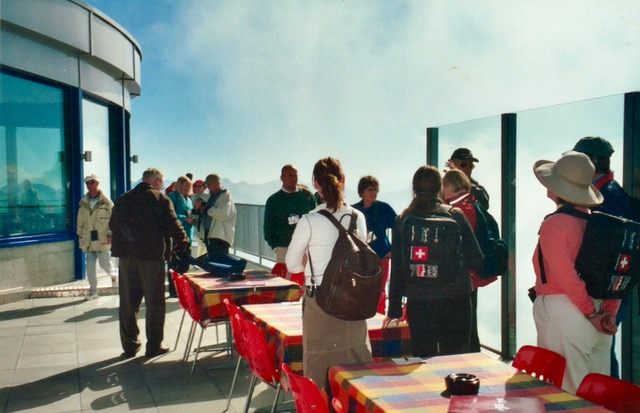
Our crew in the solar restaurant.
Klosters Feng Shui Energy Tour
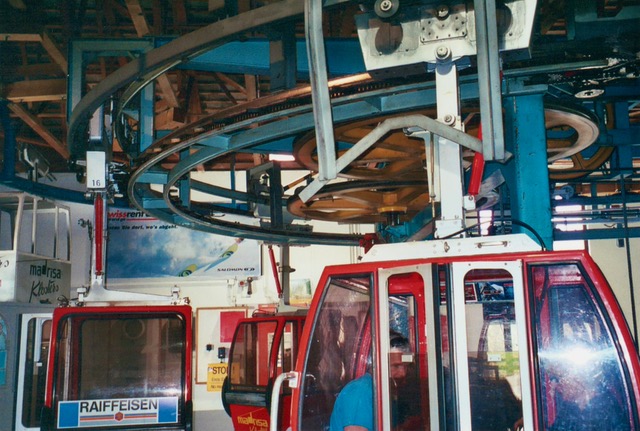
The next tour took us to Klosters, a nearby skiing village. We took a cable car to the top of the mountain. This was the earth vital energy tour, led by Feng Shui master Corinne Gut Klucker. Corinne studied with Dr. Jes Lim. For more information about Dr. Lim's MAG Feng Shui & Geobiology Institute go to OurVitalWorld.com.

Surrounded by Alps above Klosters.
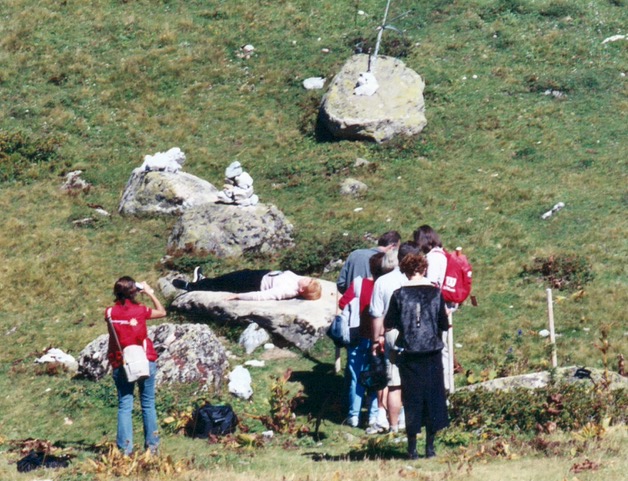
A "relaxing rock" on the Feng Shui vital-energy trail.

A mountain stream bursts from a rock grotto.

The stream as it flows down the mountain.
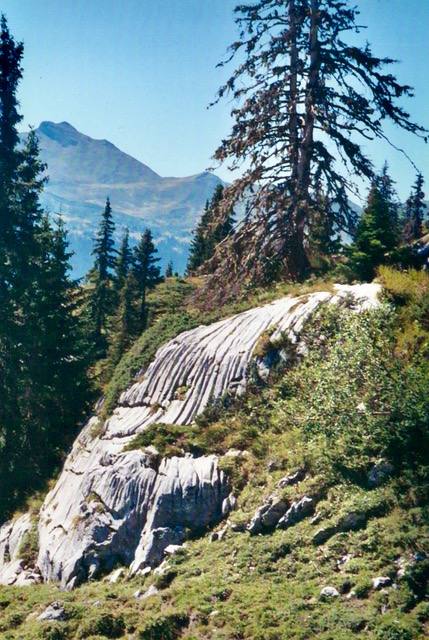
A dry waterfall. This large rock is rutted, probably from water that flows over it during other times of the year.
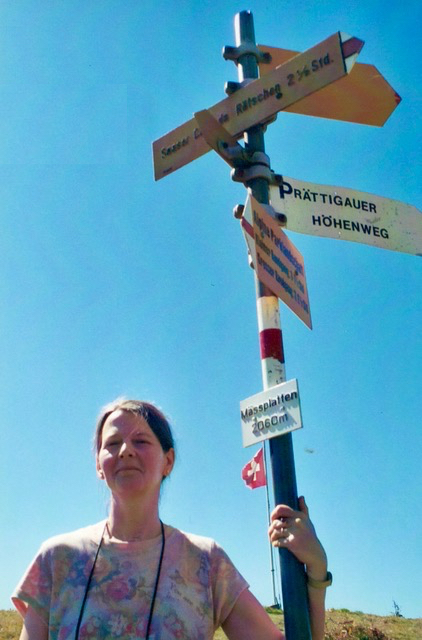
Me on the Feng Shui trail.
Corinne accompanied Dr. Jes Lim to identify vital earth energy with dowsing rods. The spots are set off and identified with permanent markers. Some of the spots are rocks, while others are meridian points on the surface of the earth. Everyone on our tour had a chance to try out all the points of earth energy. Here, people line up to try out a relaxing rock.
To see the entire vital energy path, click here.
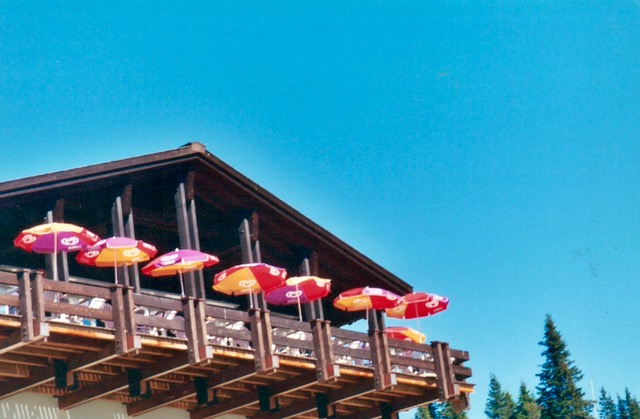
This mountain restaurant, adjacent to the cable car station, is a great place to stop for lunch after a walk on the Feng Shui Trail.
Zurich
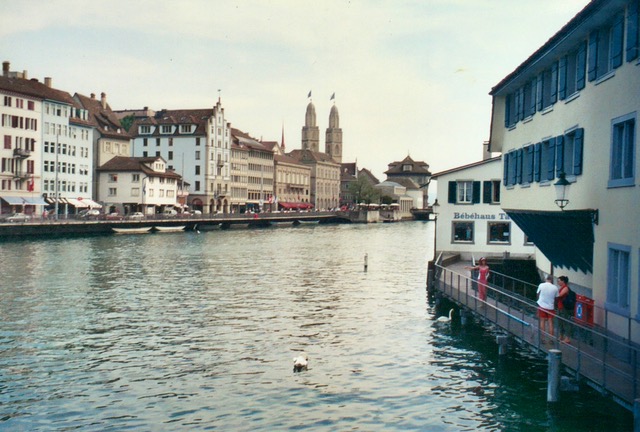
Zurich.
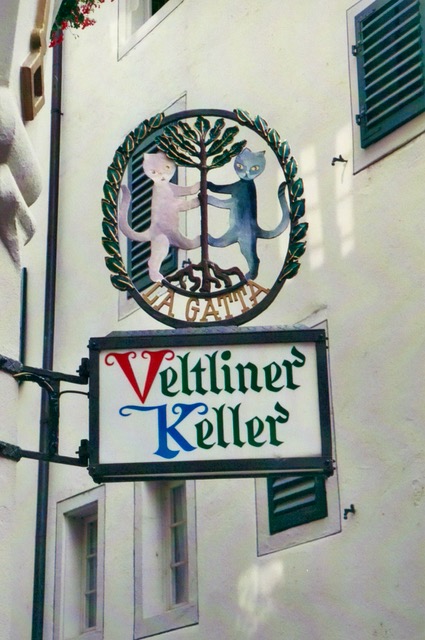
A famous Zurich restaurant.
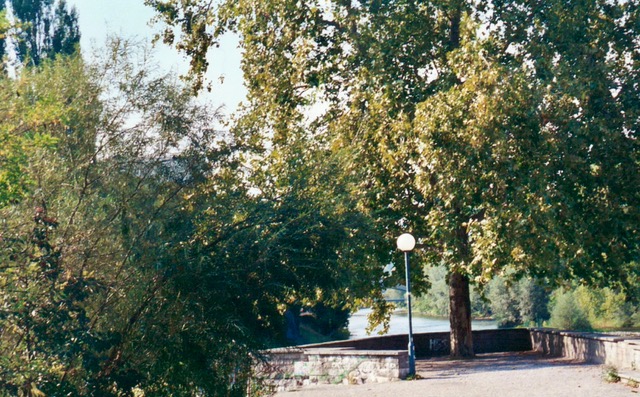
Platzspitz, the park in downtown Zurich.
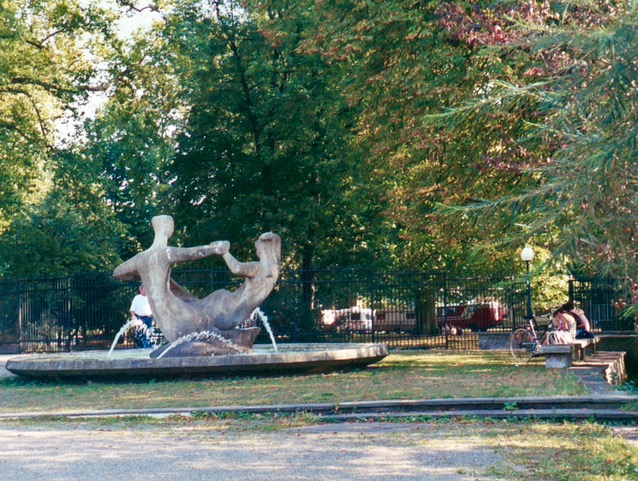
Another site in Platzspitz.
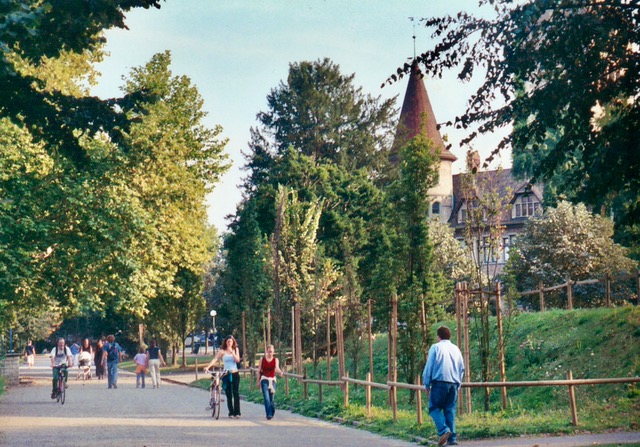
This is how Platzspitz (formerly "Needle Park") looks today. The Swiss National Museum is seen in the background.
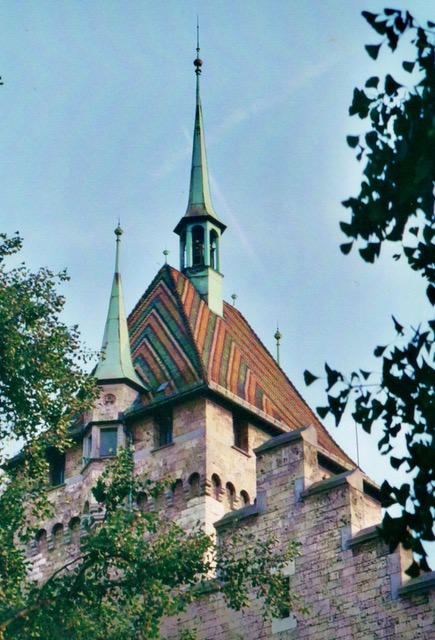
Another view of the Swiss National Museum.
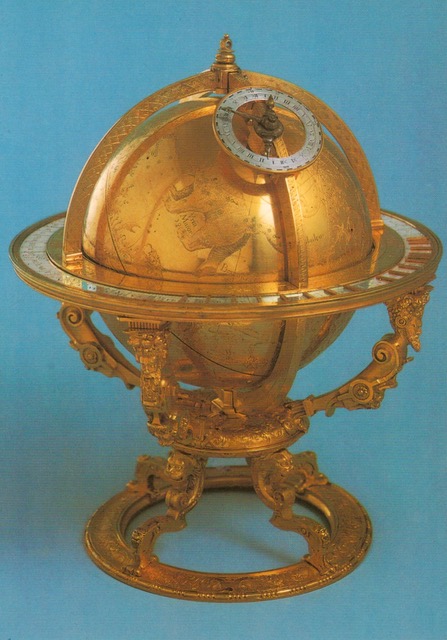
One of the magical objects housed in the Museum (Museum post card image).
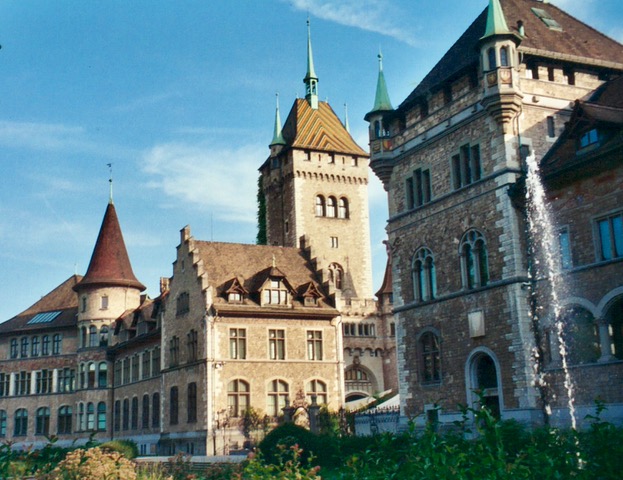
For the Swiss National Museum, go to: SLMnet.ch. For Zurich visitors' information, go to: Zuerich.com. For a good hotel in the middle of things, go to: HotelSchweizerhof.com.
Colmar & Basel
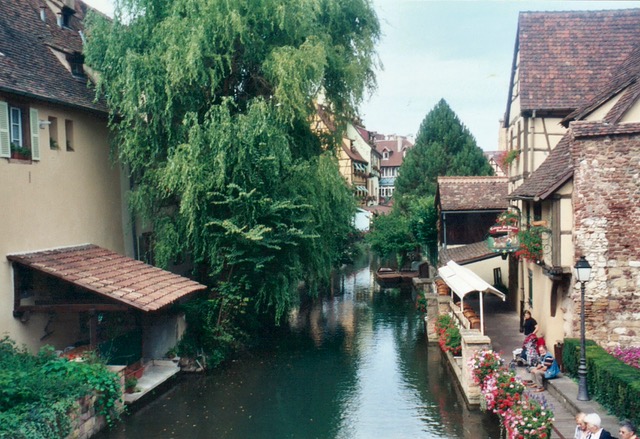
Colmar, France is an easy day trip from Switzerland. This area of France, the Alsace, has gone back and forth from France to Germany, and back to France with every major war. The city was in terrible disrepair after WWII, but then Charles de Gaulle instituted the restoration of Colmar. Today it's one of the most popular destinations in France. This area is known as "Little Venice."
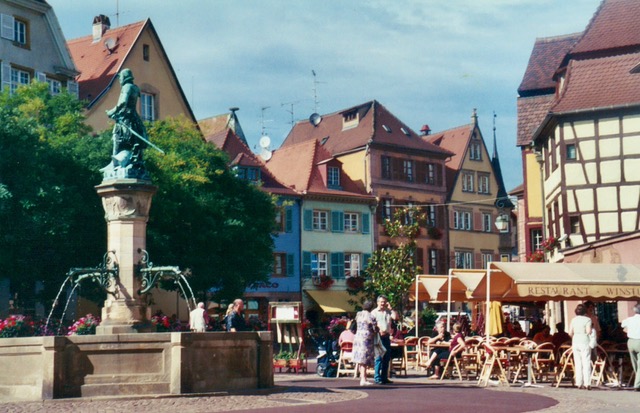
A village square, Colmar.
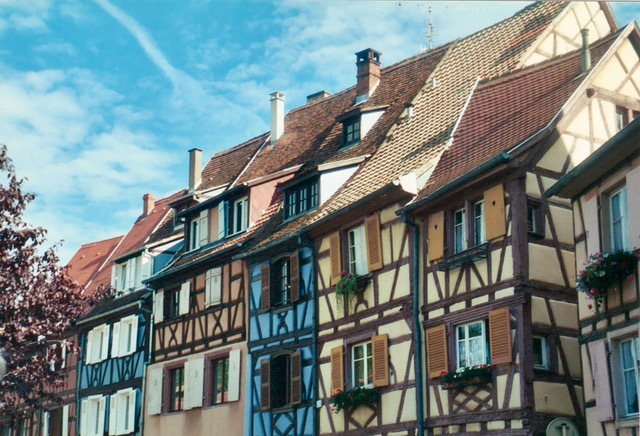
Colmar row houses.
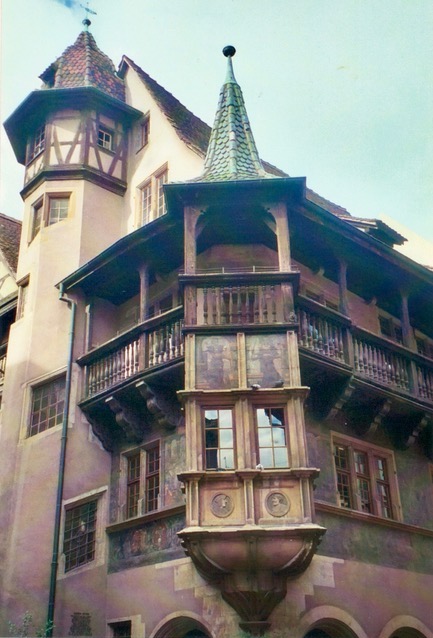
A historic building in Colmar.
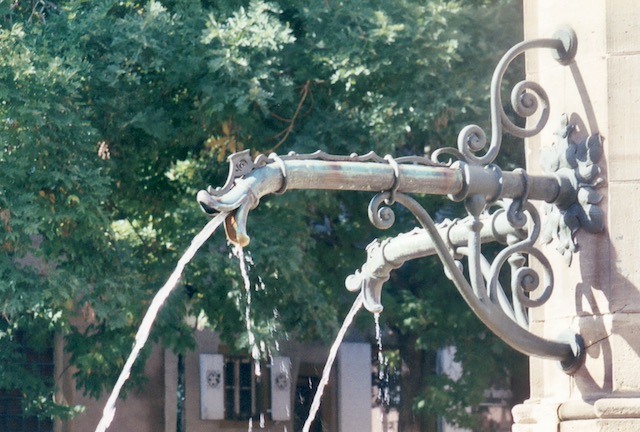
Here is a decorative fountain. Colmar is the home of the Bartholdi Museum. Sculptor Frederic Auguste Bartholdi created New York's Statue of Liberty.
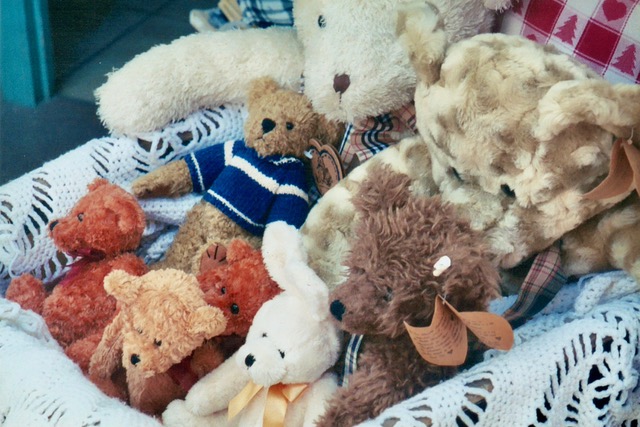
Here are some little Colmar residents, sunbathing in front of a shop.

A Basel cathedral.
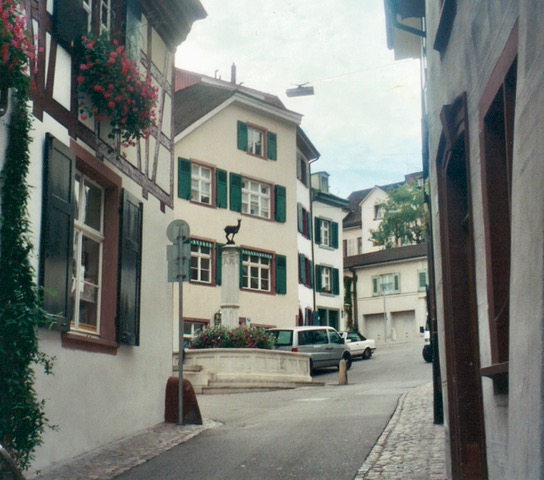
Old Town Basel is set at the base of some winding residential streets.
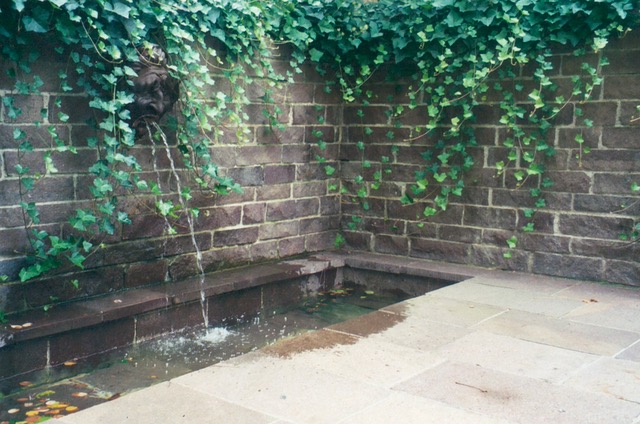
One notable hotel, the Teufelhof, is an oasis of tranquility, located across the street from a famous music school. This shows a fountain in the hotel's front patio. For more information about the hotel, go to: Teufelhof.com.
For more information about visiting Basel, go to: BaselTourisus.ch. Two great places to go in Basel are the Zoo and the Art Museum. To find out more about the zoo, go here: ZooBasel.ch. To learn more about the museum, go here: KunstMuseumBasel.ch/de
